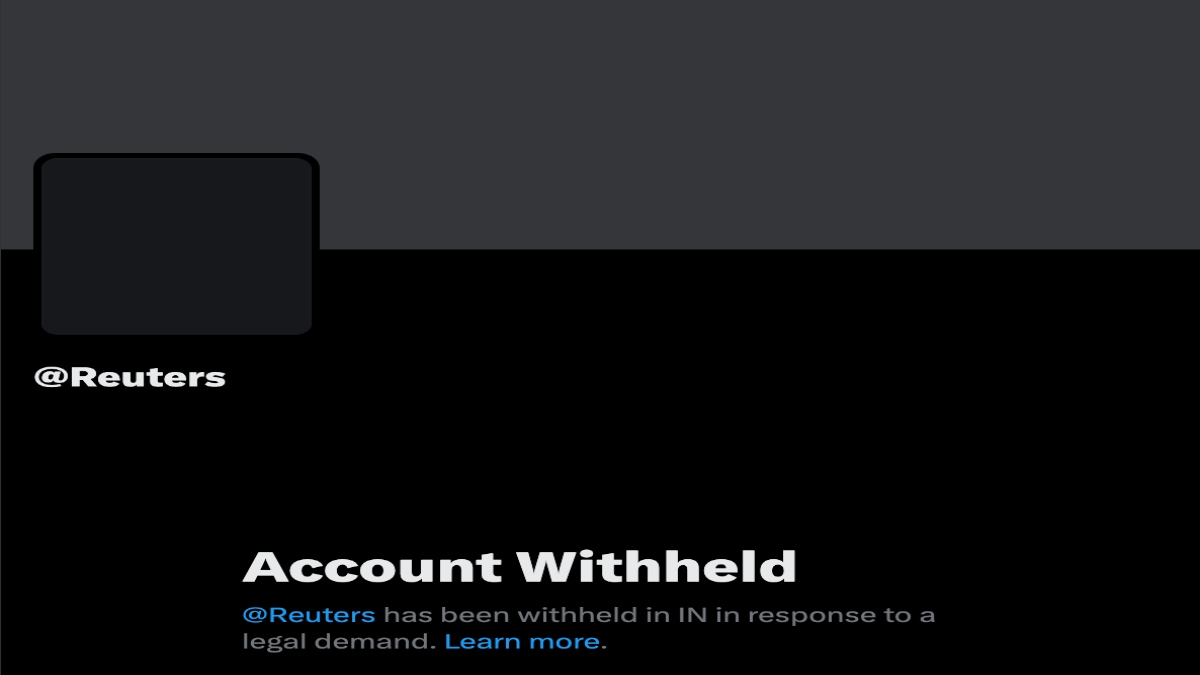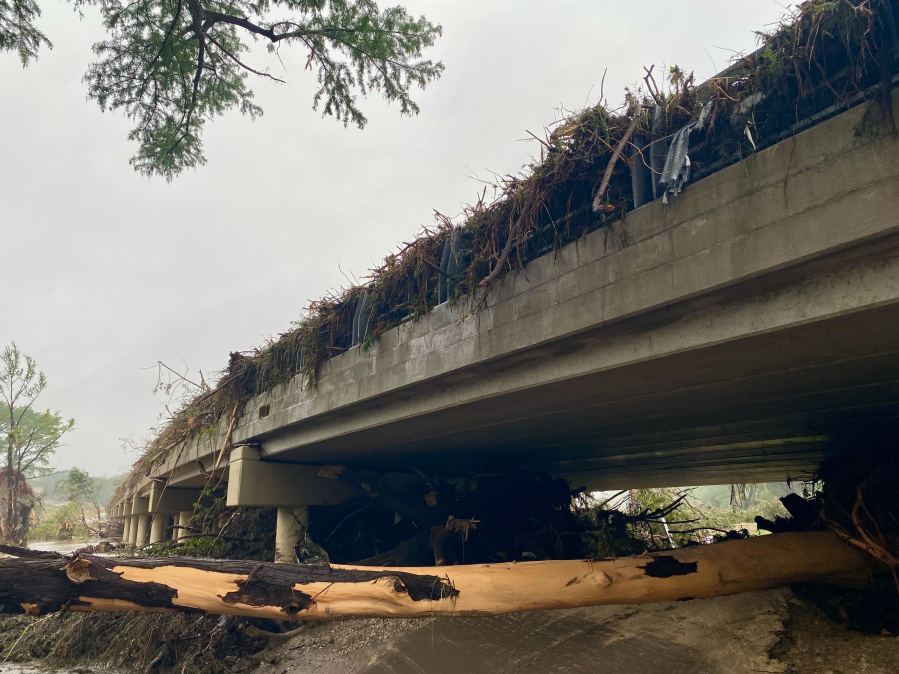Times Insider explains who we are and what we do, and delivers behind-the-scenes insights into how our journalism comes together.
Donald J. Trump announced on Friday that his second inauguration would take place inside the Capitol rotunda, a break from tradition because of the extremely cold temperatures forecast in Washington. For Doug Mills, a photographer who covers the White House for The New York Times, that was when a lot of plans went out the window.
A presidential inauguration requires weeks of planning for the Times photography staff. The weekend of ceremonies that revolve around the transfer of democratic power requires choreography, teamwork and technical preparation. Mr. Mills estimated that he had spent five to six hours per day on the phone for the last two weeks arranging his positions for Mr. Trump’s swearing-in on Monday.
The last inauguration to take place indoors was in 1985, the start of Ronald Reagan’s second term and the first inauguration that Mr. Mills photographed. That year, Mr. Mills was working for The Associated Press, and he spent the night before the ceremony in his car parked at Federal Plaza.
Mr. Mills has covered every inauguration since, capturing seven presidents, and he will be in Washington, indoors, on Monday to photograph Mr. Trump’s second inauguration.
In two interviews on Thursday and Friday, Mr. Mills discussed his approach to photographing Inauguration Day, the late change in format and Mr. Trump’s relationship with the media.
These conversations have been edited and condensed.
How do you approach this assignment?
I’m thinking about things that I can improve on that I’ve covered at previous inaugurations. I’ve learned a lot from all of them. This year, I’m looking for moments that didn’t happen during President Trump’s first inauguration. I think President Trump and the first lady, Melania Trump, will have a whole new feeling for what they’re getting into as far as the ceremonies and how it all works.
Like Reagan’s second swearing-in, this year’s ceremony will take place inside because of extreme cold. How does that affect your preparation?
It’s totally changed our entire playbook. It’s going from a large number of photographers to a small number of photographers that will be able to witness it.
It’s changing my day because the parade has been changed to an indoor event, much like a rally. It’s unfortunate, and it has changed the dynamic of the photos throughout. They’ll be far more ceremonial-looking throughout the day, and everything is indoors under artificial light.
Americans have become familiar with a split-screen moment on Inauguration Day, in which the president goes straight from the ceremonies to the White House to sign executive orders and make news. Did presidents do that when you first started working these events?
It’s definitely new. I’m not sure if it started with Barack Obama, but I remember him signing executive orders after he was sworn in.
During the first Trump administration, we had more photo access and press access to President Trump than I’ve had with any president. Typically, you go in for a photo spray and it’s 2 or 3 minutes. With President Trump, we were in the room for 90 minutes. He would say, “I want this to be transparent.”
We will do our best to to keep up with all the signings, because I’m sure there’s going to be a desk stacked with black leather folders that will set the course for the next four years and take away some of the things that President Joe Biden and Vice President Kamala Harris did. It’s going to go from a ceremonial day to a businesslike day right away.
Can you remember any moments in all the inaugurals when you had to react to something that wasn’t in the plan?
I don’t recall anything that was that unusual, but there was a moment when Barack Obama and Michelle Obama were walking down the street right after he was inaugurated. They were holding hands, and then they got really close together, like, “Here we are.” It was a moment that I remember to this day.
You’ve spoken about how accessible President Trump is to photographers. He was a media figure before he entered politics. Is there an added challenge to documenting someone who likes to be photographed as much as he does?
He is a master of imagery. And he has hired staff members who are in tune with that. They do everything they can to facilitate photographers and television for that imagery. It’s exhausting work.
He looks at more images of himself than any former president I’ve known. He studies them. He’s in tune with what the media is doing and understands the role of media and how to drive the news cycle.
The more access we have to the president, the more our readers can understand how the White House and government work. When we don’t see those moments, it’s disappointing for me, and I think it’s a disservice to the readers who have voted the person in.
Was Reagan, who was also a face in the media before politics, similar to Trump in his attention to his image? And were those two notably different from the other presidents you’ve covered?
I’ve always said that Obama is the most photogenic president I’ve ever covered, and Trump is the most iconic. Reagan, like Trump, understood the visual side of everything. He would get on a stage, and he would light up. There wasn’t the same kind of access to him as there is to Trump, but we had a lot of access to him. We were in a different media era when there was not a 24/7 cycle of cable shows. But there were a lot of things that we did with him that were very visual.


